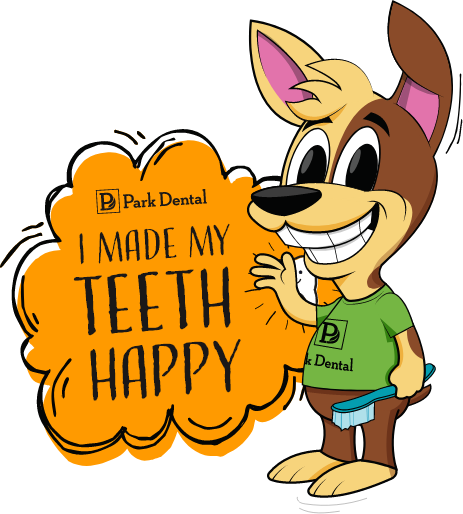
Children’s Tooth Extractions
Most of the time, children’s baby teeth fall out on their own. But sometimes there’s a problem, and one or more teeth need to be taken out. This process is called tooth extraction, and it’s more complicated than wiggling a loose tooth until it falls out. Additionally, many teenagers need their wisdom teeth (or back molars) extracted before those teeth fully grow in to prevent orthodontic problems. The experts at Park Dental in greater Minnesota and western Wisconsin can help you decide if your child needs a tooth extraction, or if less invasive oral health procedures could solve the problem.
Why Your Child Might Need an Extraction
There are several common causes for tooth extraction. One of the most typical reasons for removing a baby tooth is called early childhood caries, or baby bottle tooth decay. This type of tooth decay is more extreme than a cavity and can lead to other health problems if the tooth is not removed.
Another common reason for extraction is orthodontic issues. Removing certain baby teeth early may help adult teeth grow straighter in some children. Injuries and certain diseases are another reason teeth may need to be extracted.
Why Your Child Might Need an Extraction
Most teenagers and young adults will also need their wisdom teeth extracted. Wisdom teeth are the far back set of molars, and they grow in later than other adult teeth. Often, they are impacted, meaning they cannot grow through the gums. This situation requires surgery to extract the teeth.
What Happens During a Tooth Extraction
There are two types of tooth extractions.
- Simple Tooth Extraction
Simple tooth extraction involves a tooth that has already grown through the gums. Your child’s dentist will numb the area around he tooth and then pull it out. - Surgical Tooth Extraction
Surgical tooth extraction is used for teeth that have not grown in, such as wisdom teeth, or teeth that have broken off. Your dentist or an oral surgeon will cut into the gum to remove the tooth or teeth. This may require local anesthesia or general anesthesia, depending on the procedure.

Care After an Extraction
Your child will leave Park Dental with temporary numbness in the mouth and a gauze pack on the extraction site. This gauze is necessary to ensure that a blood clot forms, to help quickly heal the gum. Your child should not chew on the gauze.
The next 24 hours are crucial for proper healing. If the blood clot does not stay in place, a condition called dry socket can develop, and it is very painful. To prevent this from happening, help your child follow these precautions recommended by the American Dental Association:
If your child experiences fever, nausea, ongoing bleeding or severe pain, call your dentist for follow-up care. Your child’s dentist may recommend coming in immediately or seeking emergency care depending on the symptoms.
Request an appointment with a family dentist you can trust at a Park Dental location near you.






